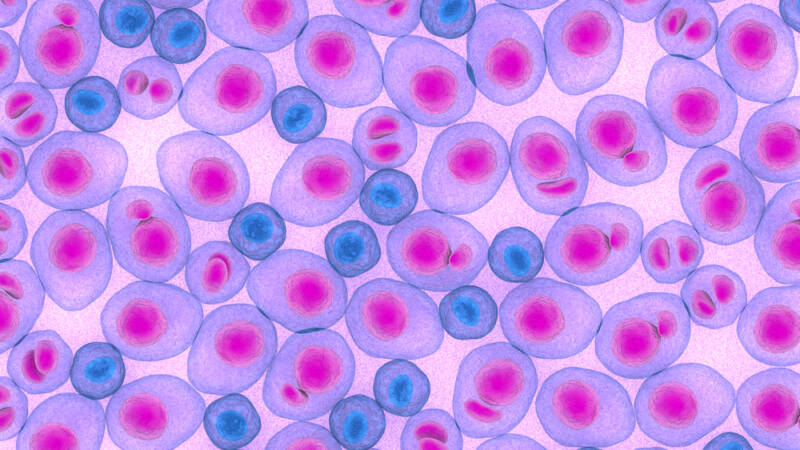What You Need to Know About Multiple Myeloma

Multiple myeloma is a rare but aggressive form of cancer that affects plasma cells. Plasma cells are predominantly found in bone marrow and are a key component of the immune system. When myeloma occurs, these cells mutate rapidly.
Despite being a fairly uncommon cancer, new incidences of multiple myeloma have increased by approximately 126 percent since 1990. This has resulted in a 94 percent increase in fatalities globally, with North America and Western Europe among the worst affected countries. In fact, the National Cancer Institute estimates that there were 12,830 multiple myeloma-related deaths in the United States in 2020.
Types
There are many types and subtypes of myeloma, each of which is based on the type of protein produced by the myeloma cells.
- Heavy protein chain types include G, A, D, E, and M
- Light protein chain types include kappa and lambda
Signs and Symptoms
Multiple myeloma can affect just about every system and function, so symptoms vary dramatically between patients. Some of the most common symptoms are:
- Bone problems, including pain, brittleness, and frequent fractures
- Infections caused by low white blood counts
- Anemia, which leads to tiredness, shortness of breath, and dizziness
- Muscle weakness or numbness
- Hyperviscosity or thickening of the blood, resulting in confusion , dizziness, and stroke-like symptoms
Multiple myeloma can also cause dangerous levels of calcium in the blood, which can result in:
- Extreme thirst
- Frequent urination
- Constipation
- Kidney problems
- Loss of appetite
- Weakness and fatigue
- Mental confusion
Treatment Options
Myeloma may not warrant immediate treatment if symptoms haven’t progressed. For many people, early treatment doesn’t change their prognosis. As the disease progresses, a physician may employ a variety of treatment options including:
- Targeted therapy – Drug therapy that targets specific components of the cancerous cells.
- Biological therapy – Medications that support the body’s immune system to suppress cancer growth, including immunotherapy.
- Chemotherapy – Kills cancerous cells. High doses of chemotherapy are usually given before bone marrow transplants.
- Bone marrow transplant – Healthy bone marrow is taken from a suitable donor and transplanted in the myeloma patient’s bones
If you’re experiencing symptoms, make an appointment with your doctor to discuss your concerns and make a treatment plan.